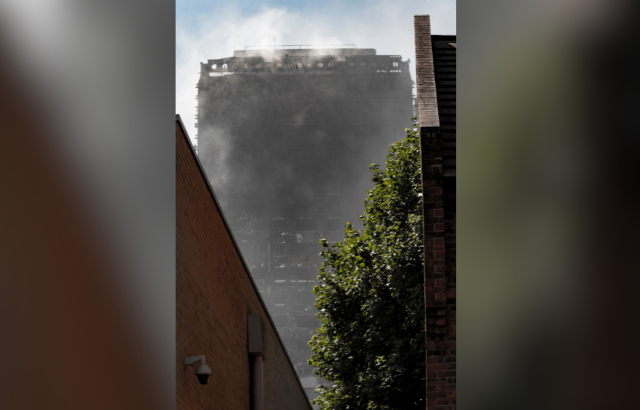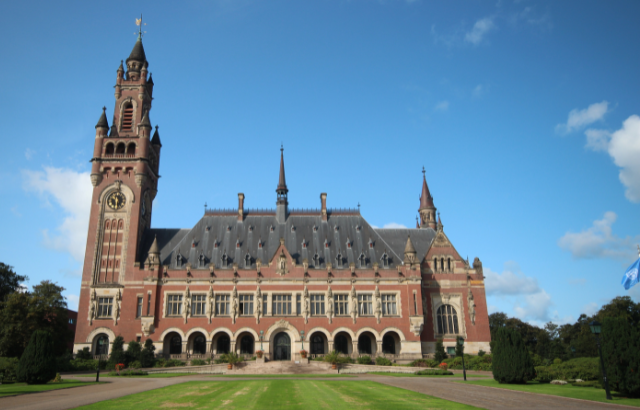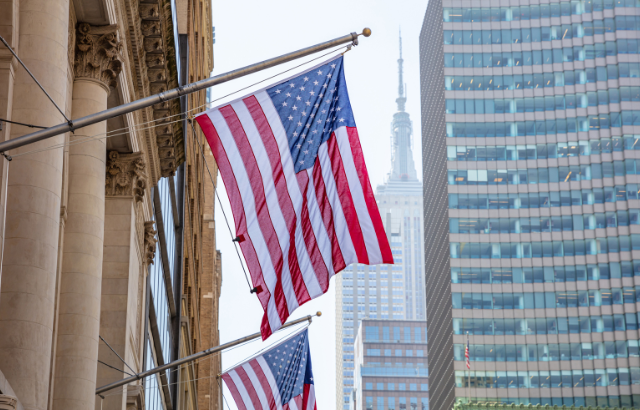Grenfell was not a state ‘failure’ – it was institutional violence
David Whyte, Professor of Climate Justice at Queen Mary University of London and Victoria Cooper, Lecturer in Social Policy and Criminology at The Open University has written for ‘The Conversation’ on how the Grenfell tragedy was institutional violence

People are not used to thinking of decisions made in boardrooms or by housing authorities as “violent”. Yet the findings of the public inquiry into the Grenfell Tower fire show how they can be.
The report lays out how routine decision-making by private construction companies and local authorities prioritised their own immediate economic benefit, in ways that knowingly produced an imminent threat to safety.
To prevent future tragedies like the Grenfell fire, it is important to understand these power relations – between those making the decisions and the tenants who were subject to the deadly outcomes – as a form of violence.
Most people understand “violence” as something that happens between two people or groups of people as a result of sudden or extreme behaviour. Yet often, the most extreme forms of violence occur as a result of mundane decisions made by governments or institutions over a long period of time.
In 2017, we described the practices that caused the Grenfell fire as “institutional violence”. This occurs in the cumulative decisions made by governments, companies, regulators or other institutions that leads to psychological or physical damage to people.
It can be through deliberately harming a group or, as highlighted in the Grenfell report, by ignoring or overlooking information that could prevent harm. Institutional violence does not necessarily involve a deliberate attempt to cause harm to people, but commonly involves making decisions that are likely to lead to harm.
Martin Moore-Bick’s report characterises the root causes of the Grenfell fire as “failures” of government policy and decision-making.
The inquiry’s report blames several, interconnected institutions that it says were partly responsible for the fire. These include a profit-hungry construction industry, an elitist and cost-cutting local authority, a regulatory system that was completely gutted, the privatisation of building safety testing, and a fire service with inadequate controls.
Along the way, people made repeated decisions to prioritise profit, ignore safety warnings and evidence, and ultimately, to cause violence to the residents of Grenfell.
Describing these institutions as having “failed” misrepresents the reality of why Grenfell happened. Deregulation, cost-cutting and outsourcing were not “failures” of government, but flagship policies of austerity that were carefully planned and coordinated.
The violence of austerity
Since 2010, cuts made under the banner of “austerity” have plunged working-class communities into a perpetual state of anxiety and distress. These decisions gave a stamp of approval to all of the institutional violence that produced Grenfell.
Social housing investment has declined by 60%, and social rents in vacant properties have increased by up to 80% of private market rates. Welfare reforms such as universal credit, the bedroom tax and benefit cap have thrown social housing tenants into colossal debt or eviction.
Local authorities and housing management groups chose to ignore tenants’ rights and [downplay their concerns]. This negligence was often linked to “hostile environment” immigration policies.
In tandem with the austerity agenda came a campaign of privatisation and “bonfire of red tape”. The inquiry’s final report puts a great deal of blame on the deregulation drive under David Cameron’s coalition government. But it falls short of criticising Cameron’s plan for austerity. In 1,672 pages, the word “austerity” is mentioned only once.
Since 2010, Conservative-led governments have used austerity to savage the country’s regulatory systems, including the health and safety executive and local council housing inspection schemes.
Fire protection – including jobs, training and fire stations – has been similarly compromised by cuts. Fire risk checks reduced by 25% in the five years leading to the Grenfell fire.
Violence under Labour
The prime minister, Keir Starmer, apologised on behalf of the British state because “the country failed”. He castigated the failures of the local authority, the regulator and the private contractors for their greed, and the fire service for lack of leadership.
All of this is very easy to say. But it is an inadequate response that does not get at the heart of how austerity, privatisation and the bonfire of red tape caused Grenfell.
The prime minister’s response is revealing, as Labour threatens to impose a new series of cuts that will plunge Britain into a new era of austerity. The Labour government’s extension of the two-child limit on benefits, ending winter fuel allowance for pensioners, and the rollout of more fiscal restraint that will put disabled people back “in the firing line”, points to a bleak outlook for low-income households and minority groups.
The government has been repeatedly warned by experts and MPs about the consequences of these decisions. If it chooses to make them anyway, this too may be a form of institutional violence.
It is clear that without a renewal of public services, a wholesale resetting of our regulatory system and meaningful public investment in housing, the culture of institutional violence will continue.
This article first appeared in The Conversation on 6 September 2024.
Related items

31 October 2024

